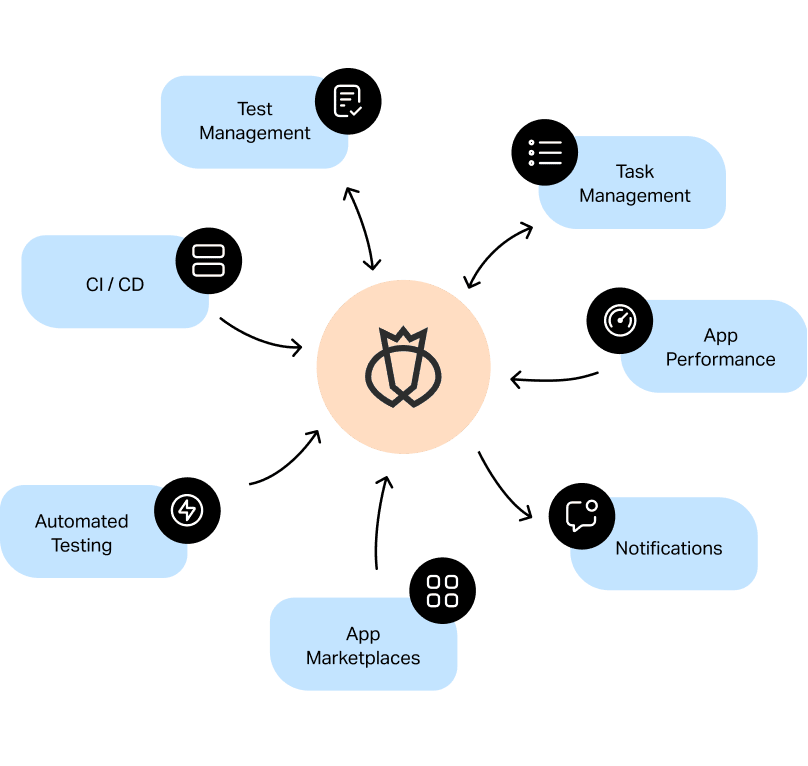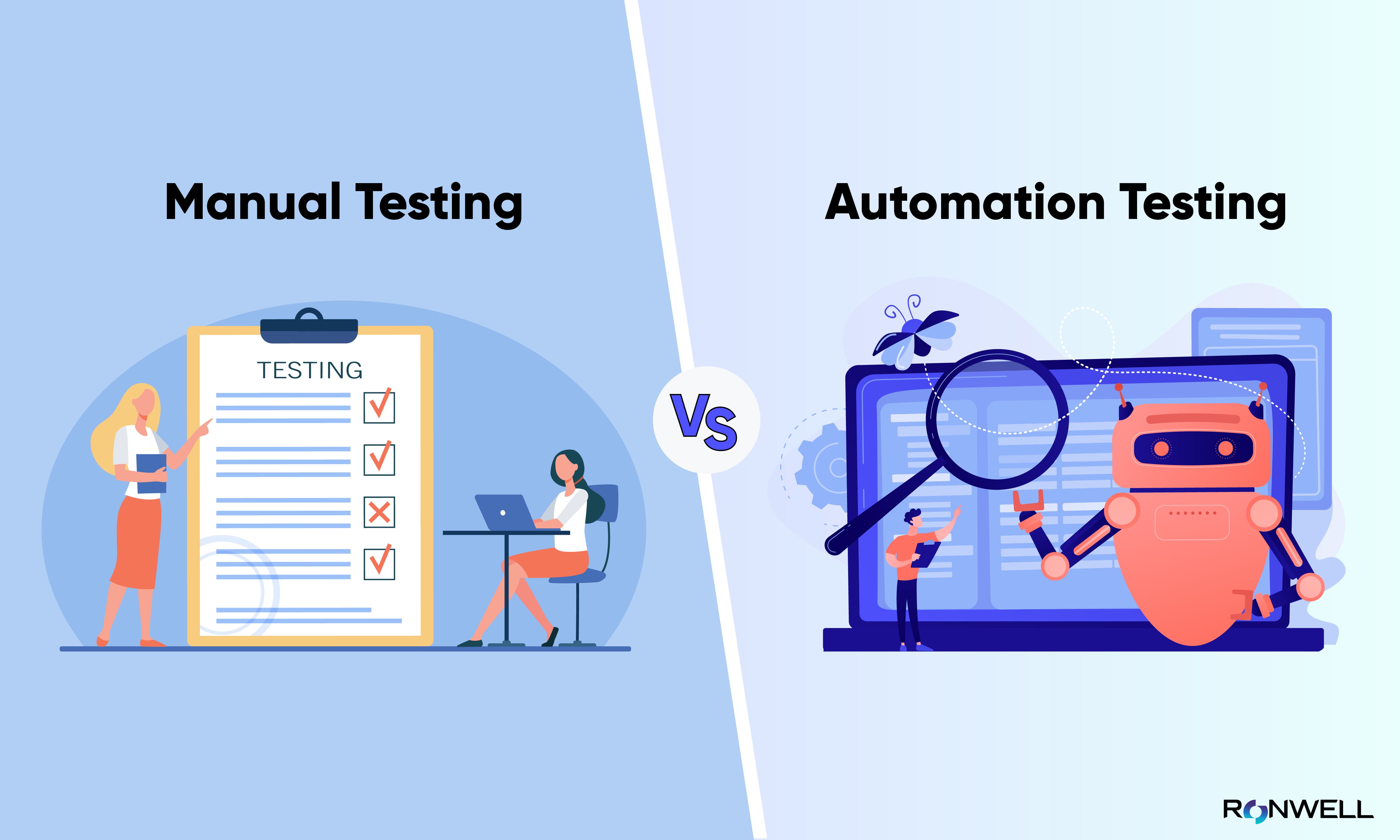Choosing the Right Devices for Effective Automation Testing Solutions
Ensuring Success in Automation Checking: Key Metrics, Difficulties, and Solutions Every QA Group Ought To Know
In the world of software application quality guarantee, the landscape of automation testing is ever-evolving, requiring a precise strategy to guarantee seamless operations. Trick metrics function as the compass assisting QA groups with the substantial terrain of examination automation, clarifying development and locations for enhancement. Difficulties impend large, typically casting darkness on the course to success. By understanding these obstacles and applying reliable remedies, QA teams can navigate through complexities with finesse. The journey to understanding automation testing is led with subtleties that call for an eager eye for monitoring, analysis, and continuous enhancement. automation testing. As the industry drives onward, the pursuit for optimum efficiency in automation screening remains a consistent pursuit, urging QA teams to equip themselves with the knowledge and techniques vital for victory.
Importance of Trick Metrics
Understanding the importance of essential metrics is necessary for assessing the performance and effectiveness of automation testing procedures. Key metrics function as quantifiable steps that offer valuable understandings into various elements of the testing procedure, such as test insurance coverage, examination execution time, issue density, and examination situation efficiency. By assessing these metrics, QA groups can identify traffic jams, inadequacies, and areas for renovation within their automation screening structure.
One crucial element of key metrics is their capability to track development and keep an eye on the overall wellness of the testing procedure (automation testing). They enable stakeholders to make informed decisions based on data-driven understandings, which can lead to more effective testing methods and much better resource allocation. Additionally, essential metrics can aid teams established reasonable objectives, gauge the success of automation initiatives, and demonstrate the ROI of automation screening initiatives

Usual Obstacles Dealt With
Obstacles frequently experienced in automation testing procedures can substantially affect the overall performance and efficiency of QA teams. Among the significant challenges is the option of the best test instances for automation. Not all examination cases appropriate for automation, and selecting the wrong ones can bring about lost time and resources. Furthermore, preserving test manuscripts can be an overwhelming job, especially as the application undertakes frequent modifications. Test manuscript maintenance requires constant updates and modifications to guarantee they show the current performance precisely. Another typical obstacle is the initial financial investment needed for setting up automation structures and devices. This can be an obstacle for some organizations, specifically smaller ones with restricted spending plans. Additionally, automation screening may not cover all elements of screening, such as usability and individual experience testing, which still call for hands-on treatment. Overcoming these difficulties calls for correct planning, critical test case choice, durable upkeep procedures, adequate resources, and a clear understanding of the restrictions of automation screening.
Effective Solutions for Obstacles
To attend to the challenges come across in automation testing, implementing effective solutions is important for enhancing the performance and efficiency of QA teams. One key remedy is to purchase robust training programs for QA groups to guarantee they have the required skills to effectively make use of automation tools. Training can bridge expertise voids, enhance understanding of automation frameworks, and enhance scripting abilities, inevitably causing much more effective test creation and implementation.
Another essential option is to establish clear interaction networks within the QA group and with other stakeholders, such as designers and project supervisors. Effective interaction helps in lining up assumptions, sharing progress updates, and immediately attending to issues or obstacles that may emerge during the automation screening procedure.

Monitoring and Evaluation Methods
Carrying out reliable tracking and click reference evaluation techniques is critical for guaranteeing the success and performance of automation testing procedures. Additionally, examining examination results and metrics supplies valuable insights right into the quality of the software program being tested and the efficiency of the screening strategy.
One secret strategy in monitoring and analysis is the usage of dashboards that combine pertinent metrics and KPIs in a visually available layout. These Visit This Link control panels provide a thorough overview of test implementation status, test protection, flaw trends, and other important details. Consistently examining and assessing these dashboards can help QA teams make notified choices, focus on jobs, and maximize screening efforts.
Additionally, applying automated alerts and notices based on predefined thresholds can improve positive tracking and Go Here prompt treatment. By establishing up signals for performance deviations or test failings, groups can attend to issues quickly and avoid them from intensifying. Generally, tracking and evaluation methods play a crucial function in guaranteeing the efficiency and success of automation screening campaigns.
Continual Renovation Methods
Enhancing the efficiency of automation testing processes requires the consistent refinement of techniques and techniques. Continuous enhancement techniques are pivotal for QA groups to adjust to progressing technologies and deliver top quality software application products. One essential strategy to enhancing automation testing processes is to carry out regular testimonials and retrospectives. By examining past screening cycles, teams can recognize bottlenecks, inefficiencies, and locations for enhancement. Applying feedback loopholes and integrating lessons found out into future screening frameworks can generate significant renovations over time.

Verdict
Finally, it is important for QA teams to understand the vital metrics, difficulties, and services in automation screening to guarantee success. By thoroughly checking and examining data, applying efficient services to usual challenges, and continually improving methods, QA teams can enhance their testing processes and supply high-grade software. Following these techniques will inevitably result in extra effective and reliable automation testing methods.
By analyzing these metrics, QA teams can determine traffic jams, ineffectiveness, and locations for renovation within their automation testing framework.
Furthermore, key metrics can assist groups established realistic goals, determine the success of automation campaigns, and show the ROI of automation testing efforts.
Difficulties typically experienced in automation testing procedures can significantly impact the overall efficiency and efficiency of QA teams. Automation testing may not cover all elements of testing, such as usability and user experience screening, which still need hand-operated treatment.In final thought, it is critical for QA groups to recognize the key metrics, difficulties, and solutions in automation testing to make sure success.